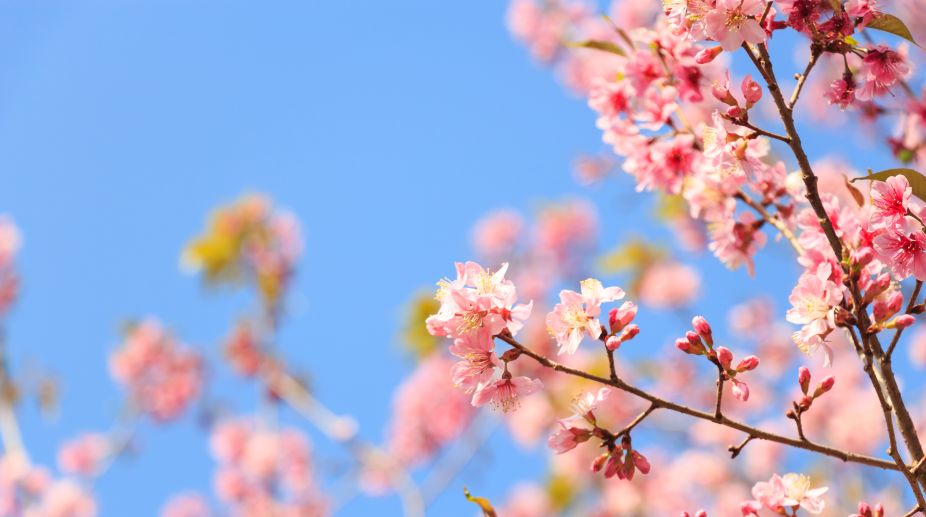Nature's clock is running fast in the Arctic, thanks to climate change. Due to diminishing sea ice cover, spring is coming sooner to some plant species in the low Arctic of Greenland, while other species are delaying their emergence amid warming winters, says a study.
The timing of seasonal events, such as first spring growth, flower bud formation and blooming make up a plant's phenology — the window of time it has to grow, produce offspring, and express its life history. It can be called "nature's clock."
Advertisement
While how early a plant emerges from its winter slumber depends on the species, the study, published in the journal Biology Letters, demonstrates that the Arctic landscape is changing rapidly.
Such changes carry implications for the ecological structure of the region for years to come.
"The Arctic is really dynamic, and it's changing in a direction that won't be recognisable as the same Arctic to those of us who have been working there for decades," said lead author Eric Post, a polar ecologist at the University of California – Davis in the US.
"The picture is definitely being reorganised," Post said.
The study covered 12 years of observations at a West Greenland field site, about 240 km inland from the Davis Strait.
The site is near Russell Glacier, a dynamic front protruding from the massive inland ice sheet that covers most of the island.
Each year from early May to late June, researchers looked daily for the first signs of growth in plots enclosing individual plant species.
They found that warming winters and springs associated with declining arctic sea ice cover created a mixture of speed demons, slowpokes and those in between.
One racehorse of a sedge species now springs out of the proverbial gate a full 26 days earlier than it did a decade ago.
This was the greatest increase in the timing of emergence the researchers had seen on record in the Arctic.
"When we started studying this, I never would have imagined we'd be talking about a 26-day per decade rate of advance," Post said.
"That's almost an entire growing season. That's an eye-opening rate of change," Post said.











